-
Cable Terminations:
Cable terminations are used to connect the ends of power cables to electrical equipment such as transformers, switchgear, or motors. They ensure a secure and reliable electrical connection. Terminations can be indoor or outdoor and may be designed for various voltage levels.
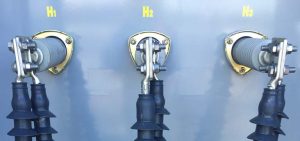
-
Cable Joints:
Cable joints are used to connect two cable segments together. They are often used for repairing damaged cables or extending existing cable lines. Like terminations, cable joints come in different types depending on the cable voltage and application.
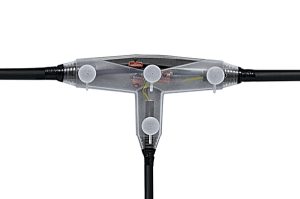
-
Cable Lugs and Connector:
Cable lugs and connector are used to connect cables to electrical equipment, such as terminals or busbars. They are typically made of materials like copper or aluminum and come in various sizes and types to accommodate different cable sizes and configurations.
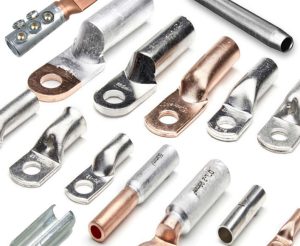
-
Cable Gland:
Cable gland, also known as cable connectors or cable fittings, are used to secure cables to electrical enclosures or equipment while providing protection against environmental factors like dust, moisture, and gases. They are essential for maintaining the integrity of the cable’s insulation.
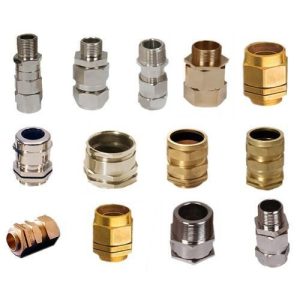
-
Cable Cleat and Clamps:
Cable cleats and clamps are used to support and secure cables in place, preventing them from sagging or moving due to mechanical stress, wind, or vibration. Proper cable management with cleats and clamps ensures the longevity and safety of the cable installation.
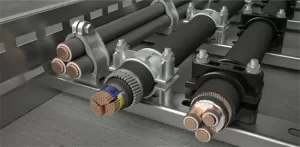
-
Cable Insulating Material:
Insulating material, such as heat shrink tubing and insulating tapes, are used to cover and protect cable terminations and joints. They provide electrical insulation and environmental sealing to prevent moisture or contaminants from entering the connection.
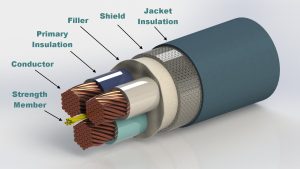
-
Cable Marker and Label:
Cable marker and label are used to identify cables, ensuring that they can be easily traced and maintained. Proper labeling is crucial in complex electrical installations and for safety during maintenance or troubleshooting.
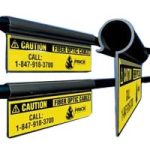
-
Cable Testing and Diagnostic Equipment:
Cable accessories may also include testing equipment like cable fault locators, diagnostic devices, and partial discharge monitors. These tools help in identifying cable faults and ensuring the reliability of cable systems.
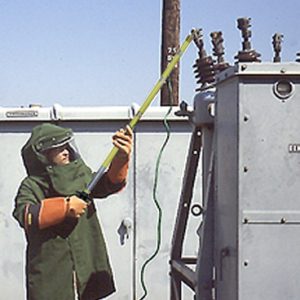
-
Cable Support Systems:
Cable support systems, such as cable trays, conduits, and cable racks, provide organized routing and support for cables within a building or industrial facility. They help protect cables from physical damage and ease cable installation and maintenance.

-
Cable Seals and Penetrations:
Cable seals and penetrations are used to maintain the integrity of fire-resistant barriers or containment systems when cables pass through walls or partitions. They are crucial for fire safety and maintaining building compartmentalization.
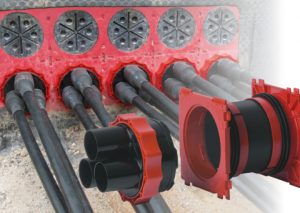
-
Cable Duct and Cover:
These accessories are used to protect and organize cables in underground installations or outdoor settings. They shield cables from soil, water, and mechanical damage while facilitating access for maintenance.
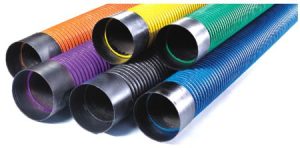
-
Cable Identification and Management Software:
In modern installations, software tools and systems are used to manage and document cable systems, including asset management, cable routing, and tracking of maintenance schedules.
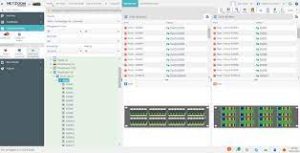
Cable accessories are essential for the proper installation, maintenance, and protection of electrical cables in various applications, including power distribution, telecommunications, and industrial systems. The choice of accessories depends on factors like cable type, voltage, environmental conditions, and specific installation requirements.

